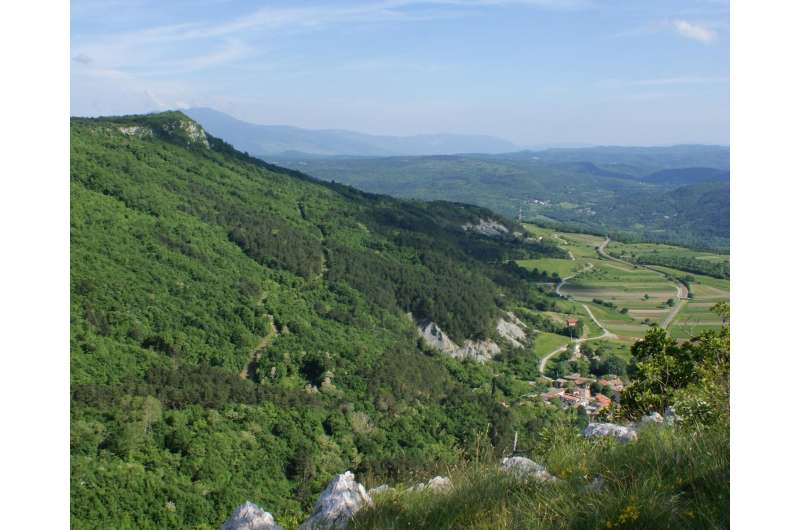Fossil teeth suggest prehistoric red deer in the Adriatic migrated seasonally

Analysis of oxygen isotopes in fossil teeth from red deer near the Adriatic Sea suggest that they migrated seasonally, which may have driven the movements of the Paleolithic hunter-gatherers that ate them, according a study published June 8, 2016 in the open-access journal PLOS ONE by Suzanne Pilaar Birch from University of Georgia, USA, and colleagues.
Migration patterns of large herbivores, such as red deer (Cervus elaphus), have been used as a proxy to estimate the movements of the prehistoric hunter-gatherers in Europe who relied on them for sustenance. However, interpretation of prehistoric migrations often relies on data from modern populations that may be very different from those that lived before the end of the last ice age. Assessing isotope variation in fossil teeth can be a more accurate indicator of ancient migration patterns, as the teeth of migrating animals have less variation in levels of the oxygen isotope δ18O than the teeth of animals which do not.
In the present study, Birch and colleagues analyzed oxygen isotope variation in the teeth from 10 red deer and 14 mountain goats collected at three cave sites in the Adriatic, which hunter-gatherers used as hunting outposts 12,000-8,000 years ago, to directly reconstruct the migratory behavior of red deer.
Although relying on a small dataset, the researchers found differences in the δ18O ranges in red deer teeth from the Pleistocene/Late Upper Paleolithic compared to the Holocene/Mesolithic, and found less isotope variation within red deer teeth compared to teeth from mountain goats. The authors suggest that, while mountain goats mainly stayed put, red deer may have migrated seasonally in the Pleistocene/Late Upper Paleolithic, moving over smaller ranges in the Holocene/Mesolithic. These migration patterns may, in turn, have influenced human mobility strategies during this period.
More information: Pilaar Birch SE, Miracle PT, Stevens RE, O'Connell TC (2016) Late Pleistocene/Early Holocene Migratory Behavior of Ungulates Using Isotopic Analysis of Tooth Enamel and Its Effects on Forager Mobility. PLoS ONE 11(6): e0155714. DOI: 10.1371/journal.pone.0155714
Journal information: PLoS ONE
Provided by Public Library of Science

















